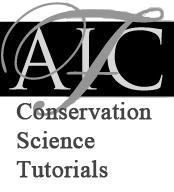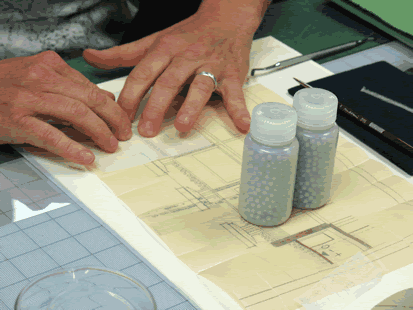
Adhesion
Adhesives are used by art conservators in the restoration of all types of materials from
paper and leather to stone and plaster. A good understanding of the chemistry and
physics of adhesives is key to choosing and using them appropriately.
Before working through this tutorial you should read the sections on metallic, ionic, and
covalent bonding in the AS and A Level Chemistry Through Diagrams (Oxford
Revision Guides) or a similar basic chemistry book. Another useful reference is The
Science for Conservators Series, Volume 3: Adhesives and Coatings (Conservation
Science Teaching Series), which expands on the concepts found in this tutorial and would
make good follow-up reading.
After completing this tutorial, you will be able to:
- Describe the distinction between cohesive and adhesive bonds.
- List the main types of chemical and physical forces involved cohesive and adhesive
bonds.
- Understand the importance of wetting in adhesion.
- Describe some of the solidification processes of adhesives.
- List some types of adhesive failure and criteria for testing adhesives.
 Enter tutorial.
Enter tutorial.
Useful links on this topic:
-
JAIC Online
-
AS and A Level Chemistry Through Diagrams (Oxford Revision
Guides)
-
The Science for Conservators Series, Volume 3: Adhesives and
Coatings (Conservation Science Teaching Series)
-
Kronthal, Lisa; Levinson, Judith; Dignard, Carole; Chao, Esther ; Down,
Jane; “Beva 371 and its use as an adhesive for skin and leather
repairs: background and a review of treatments”; JAIC
2003, 42 (2), 341-362.
-
Neiro,
Michaela; “Adhesive replacement: potential new treatment for
stabilization of archaeological ceramics”; JAIC
2003, 42 (2), 237-244.
-
Podany,
Jerry; Garland, Kathleen M.; Freeman, William R.; Rogers, Joe;
“Paraloid B-72 as a structural adhesive and as a barrier within
structural adhesive bonds: evaluations of strength and reversibility”;
JAIC
2001, 40 (1), 15-33.


 Enter tutorial.
Enter tutorial.